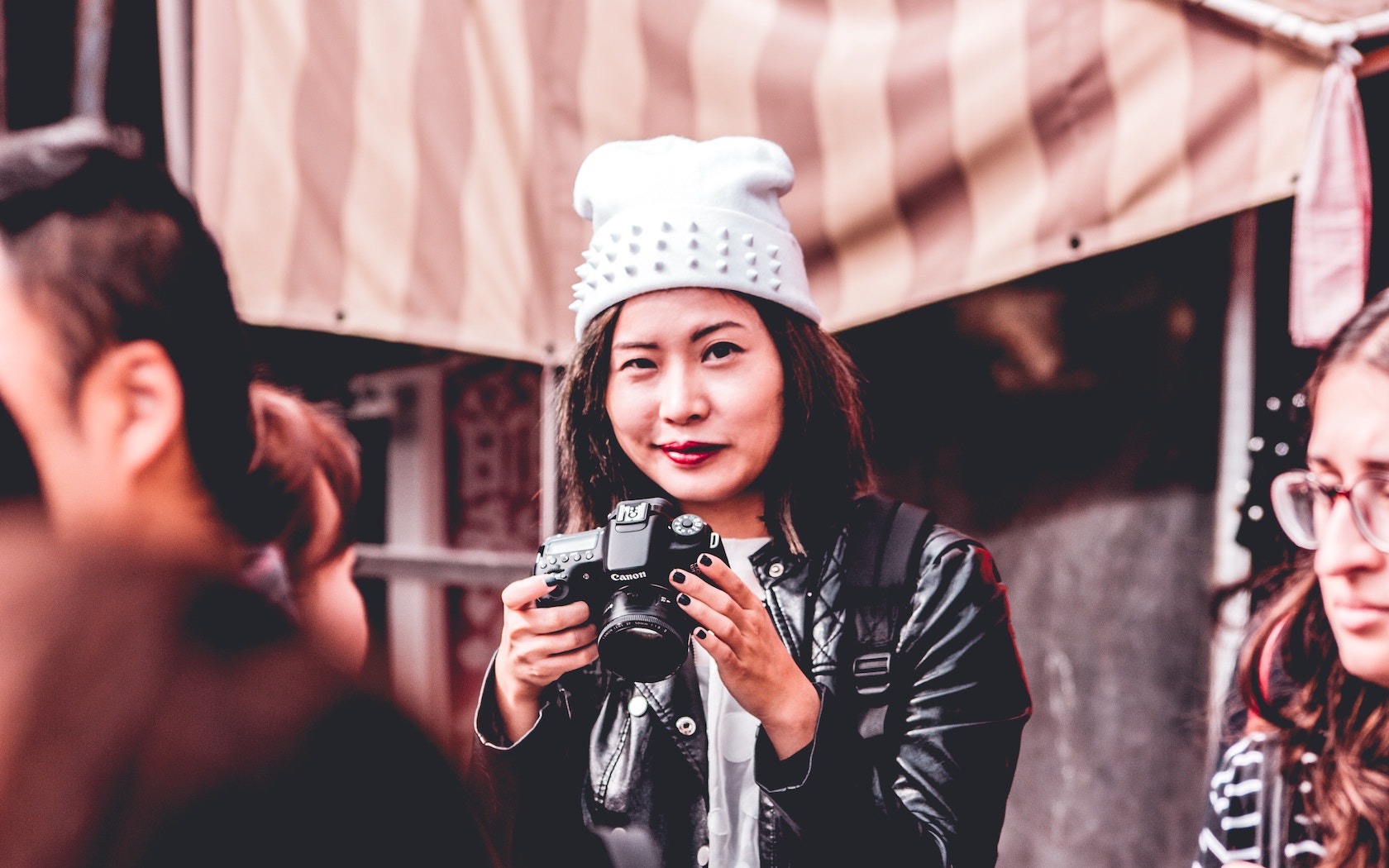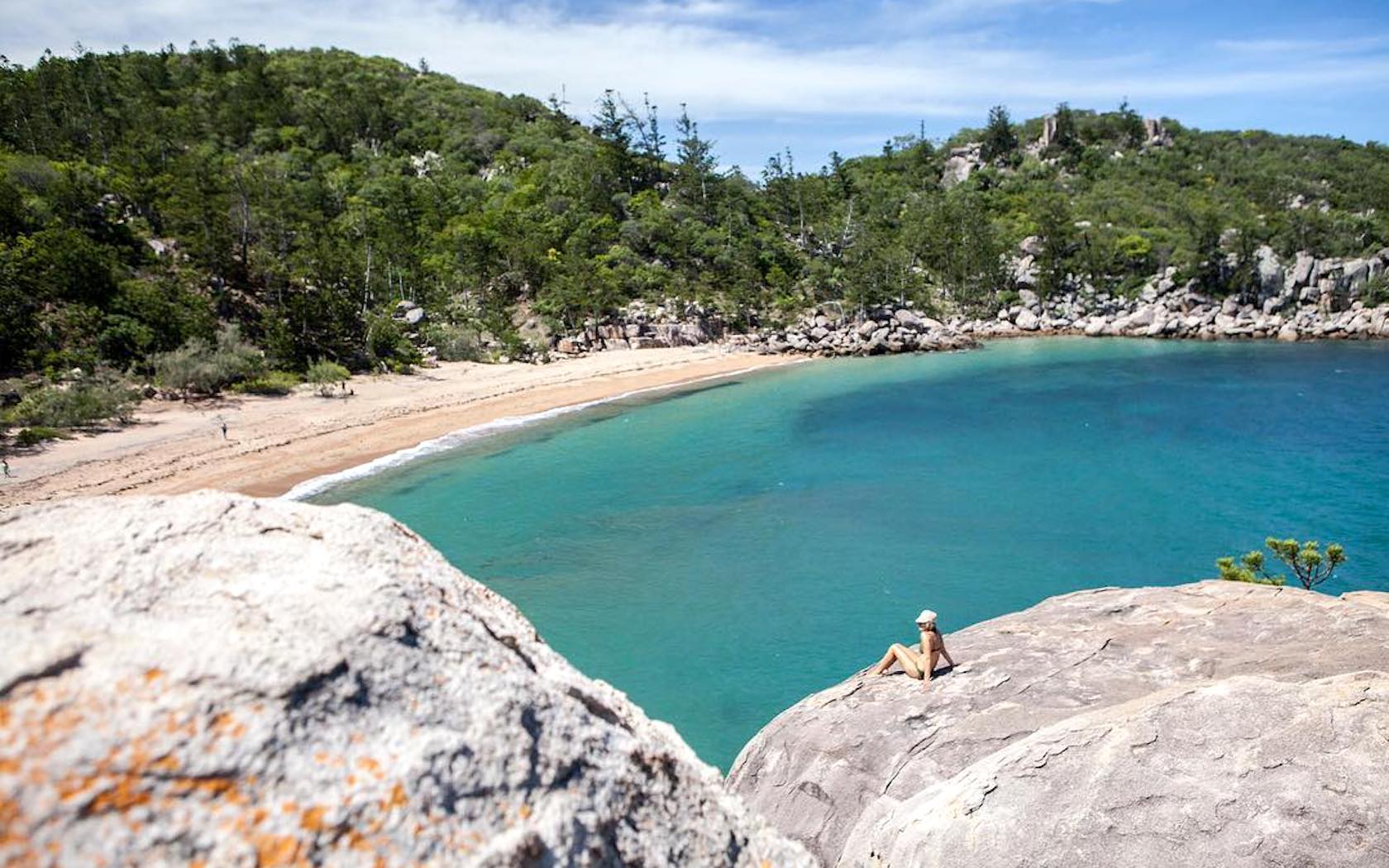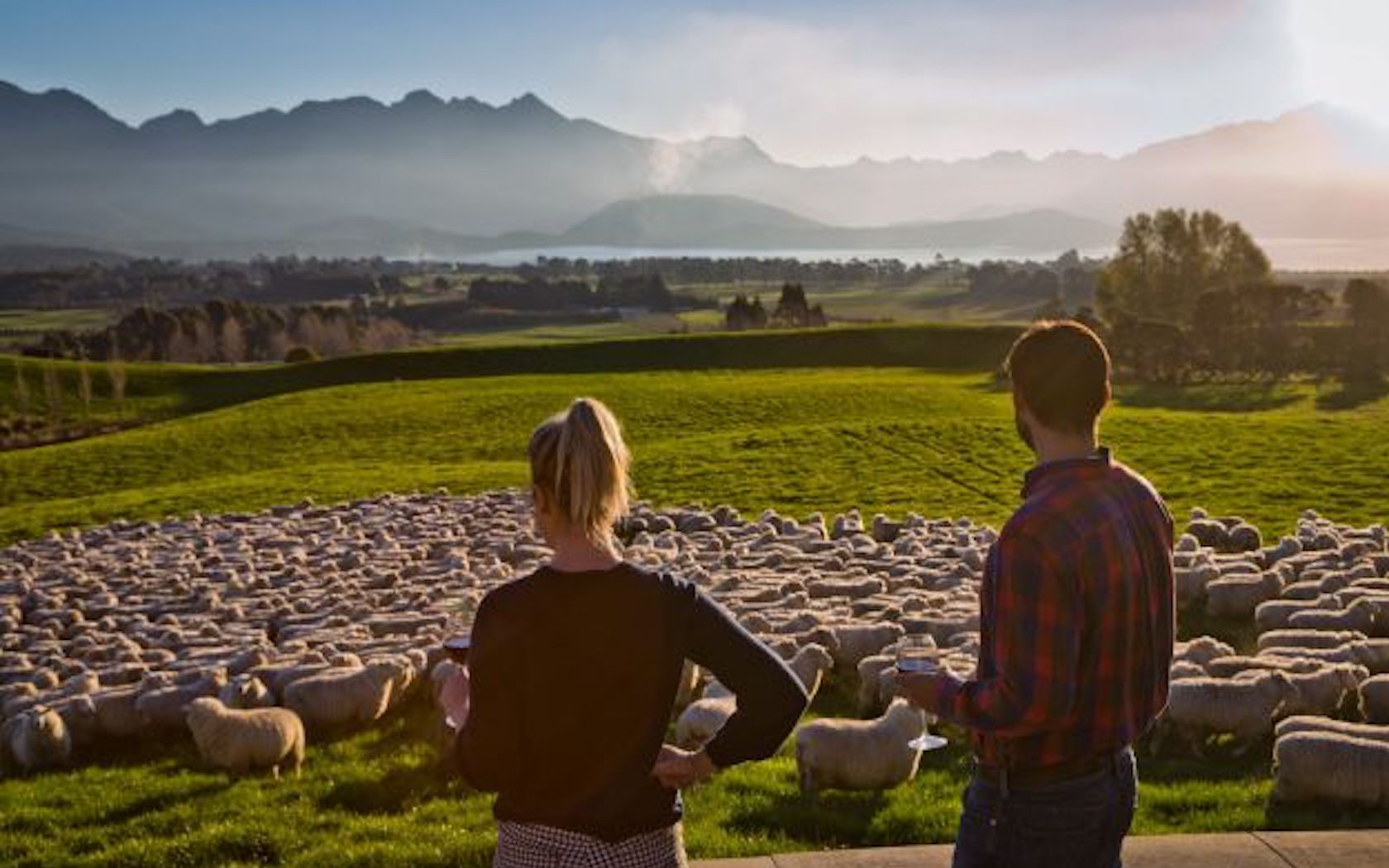Why You Should Look Beyond Tokyo And Check Out Rural Japan

Japan had been high up on my bucket list for the longest time, so when I was given the opportunity to jet over and check it out for myself, to say I was stoked would be an understatement.
[related_articles]63822,64159,59341[/related_articles]I was ready and willing to sample some insane snack foods, eat more sashimi than my human body could handle and be at the forefront of all things technology. I thought my cyberpunk neon-filled dreams were dashed when I was told I was being sent to Japan‘s countryside, more specifically, central, rural Japan.
Literally, all I knew is that I’d be visiting a Wasabi farm, go hiking in the mountains, but I left the rest a mystery by not studying up on my itinerary too hard.
But so it turns out, I didn’t mind skipping Tokyo, Osaka, Kyoto or any of the other bigger cities at all. Instead, I got to experience a more local, more authentic Japan.
So, if you’re considering a trip to rural Japan (do it) these are just a few of my favourite places.
Gujo Hachiman
Gujo Hachiman is a sleepy, riverside town in Gifu Prefecture, famed for its pristine waterways and its distinctive summer festival. I’m not sure whether it was the calm running streams, the friendly locals or a combination of the two, but it was hard to not feel so happy and welcome in Gujo Hachiman.
[related_articles]62729[/related_articles]The best part of town is its historic waterways, built back in the 1600s that act as canals where families would (and still do) wash rice, peel vegetables and do laundry.
You can walk alongside these canals and through the residential district, plus if you drop ¥100 (AU$1.25) into one of the honesty boxes you can exchange it for some pellets to feed the koi fish that live in the streams — they’re kept as pets and eat food scraps.
Just when I thought Gujo Hachiman couldn’t get any more perfect, I discovered it was Japan’s number one producer of artificial food — wax representations of dishes that restaurants put on display to entice diners. Alternatively you can just do what I did and buy an almost-too-realistic fried egg keychain because style never goes out of fashion.
Shirakawa-go
Looking at the UNESCO World Heritage-listed Shirakawa-go from a vantage point is like looking at a painting that gives you all of the “this is so beautiful it can’t be real” vibes.
The quaint Japanese village’s name translates to “White River Village” because in winter it sees an average of 10m of snow — the equivalent of a three-storey building.
What makes Shirakawa-go so special is its homes, all of which have been designed with thatched roofs to withhold the winter’s heavy snowfall — some of which are up to 300 years old. The historic abodes have been given face lifts and repurposed as museums, restaurants and guest houses for visitors.
[related_articles]55300[/related_articles]People still live in the village though. As we walked along the streets in the afternoon, locals were raiding their respective veggie gardens and getting prepped for dinner and mums were yelling at their kids who were playing in the sunflower crops to get inside. It felt like the kind of place that’d be very easy to call home.
Kamikōchi
From the second we landed in Tokyo, I was itching to feast my eyes on some classic Japanese mountains. You know, the ones you see on the postcards. Well, I’m happy to report that Kamikōchi did not disappoint.
You’ll find Kamikōchi in the Northern Japan Alps of Nagano Prefecture, and boasts some of Japan’s most spectacular mountain scenery. It’s home to Chubu Sangku National Park, where you can find to 3000m high peaks and Japan’s most breathtaking hiking trails for all kinds of adventurers.
For example, the walk we ventured on took 45 minutes and beautifully showcased the park’s stunning features, from crystal clear streams to the most stunning mountains I’ve ever seen in my life.
[related_articles]64116,63104,61169[/related_articles]Apart from the beautiful scenery, the best part about rural Japan is its people. Seriously. Never before had I felt more looked after and cared for (sorry Mum). If you get a chance, don’t hesitate. Go explore rural Japan.
The writer was a guest of the Japan National Tourism Organization.




